Tweed or check jackets worn with non-matching trousers were also popular and open collars were permitted for casual wear. Mens fashions still revolved around the suit.
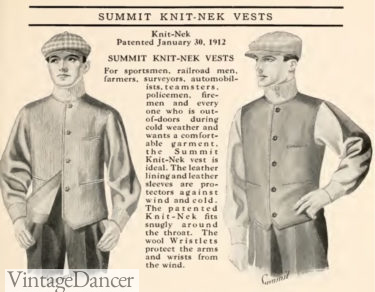
1910s Men S Working Class Clothing
Nobody was wearing them.

. By the 1750s womens shoes Fig. If you wonder how the heck that works take a look at my. As mentioned the early 20th century was defined by a conservative fashion in combination with nature.
Grey flannel suits were common worn with shirt tie and pocket handkerchief. Hair was worn with a side parting but slicked back with Brill cream. 1917 mens flannel sport or work shirts.
For a period between the 1970s-1990s mens hats went out of fashion. There were certain magazines especially made for people in the working class such as Mabs. Farytale Ive been working on an Edwardian dress for The litle mermaid Ariel.
2 became the most common choice for working men and was increasingly worn by upper-class men as a relaxed alternative day suit Shrimpton 39. The blazer appeared at this time worn mostly for sports and casual activities. They didnt fit the clothes that people were wearing.
Two French boys wearing knickerbockers 1900. Even though the early 1900s were a time when urbanization was growing like wildfire and cities were popping up all over the map rural farming was still an important occupation of the working class. The colors were often in sweet pastels or a traditional set of a white blouse and a black skirt.
Jackets became narrow with smaller lapels. Even tiny girls were dressed in large hats 1900. More 1910s Mens Fashion History 1910s Mens Casual Clothes Sportswear knitwear summer fashion Eveningwear Formal tuxedo morning suit and wedding clothes Mens Workwear Clothing for the working class men Mens Edwardian Motoring clothes For car drivers and workers Mens Vintage Boating.
Three-piece suits no longer had to match - they would sometimes have contrasting pieces. In some situations working women were the. 23 developed a gently rounded toe that replaced the attenuated upturned toe of the 1720s and 1730s and a high curved heel known in Britain as a Pompadour heel after Louis XVs official mistress Madame de Pompadour Pratt and Woolley 46.
This uniform or something similar was often worn outside of school as well. The Working Class in the Early 1900s. The flat cloth cap he adopted was and remains strongly associated with the working class in Europe the Americas and even Asia.
As factories and industries grew farmers provided the food and agricultural resources that helped sustain life. Some twenty years before Lenin made his grand political gesture adopting the workingmans cap another politician made a similar fashion decision for political reasons. Hats for working men needed to be durable and affordable.
Regular ties with a. Fashionable clothing for boys included sailor suits consisting a shirt with a sailor collar and trousers or knickerbockers. In some situations working women were the.
Modern ties also gained popularity beginning in this decade. For automobiling boys wore a duster with knickerbockers a flat cap and goggles. The lounge or sack suit featuring a single-breasted jacket without a waist seam Fig.
Womens fashion was neat covering and detailed with ruffles buttons and lace in layers. Checks tweed and small plaid were common patterns. Hats were old-fashioned dated boring.
The bow tie was a popular and fun option as well as skinny silk or knit tie ties in solid or stripes. Ad Shop Top-Quality Authentic Styles Enjoy Great Prices Service Delivery. The young man below has graduated onto trousers but wears a flannel blazer and tie Fig.
In 1893 when James Keir Hardie a member. Common styles were as follows. Only the richest people were able to afford Paris fashions so many American designers became popular during the 1930s when money was tight.
By the 1910s many schools had uniforms for boys consisting of a flannel blazer and shorts for younger boys and trousers for older boys. There was a very large gap between the upper class and the lower working class. But then in the early 21st century hat-wearing for men and women is coming back into fashion.
Most colors were medium to dark shades of grey and brown. Working Class Women 1900s. 1900s Fashion Hair Style.
Cap The sporty 8 panel cap newsboy ivy big apple came in every fabric from wool to leather and cotton to corduroy. The common utilitarian dress for laboring men before the twentieth century was made up of breeches or trousers jackets and waistcoats of hard-wearing materials such as moleskin fustian or corduroy. Bowler hats were no longer confined to working class men.
Mens ties were usually worn with most casual suits and sportgolf outfits. The common utilitarian dress for laboring men before the twentieth century was made up of breeches or trousers jackets and waistcoats of hard-wearing materials such as moleskin fustian or corduroy.
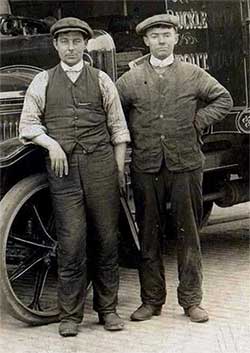
How Working Class Men Spent Their Time In The Early 1900s
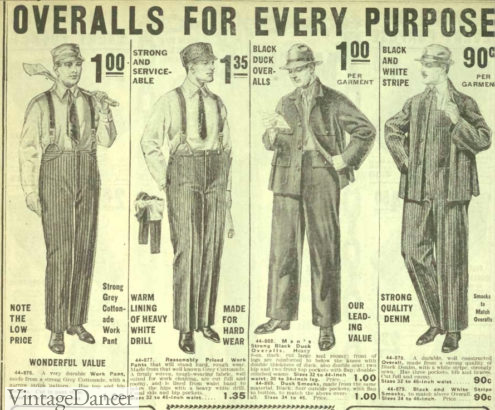
1910s Men S Working Class Clothing
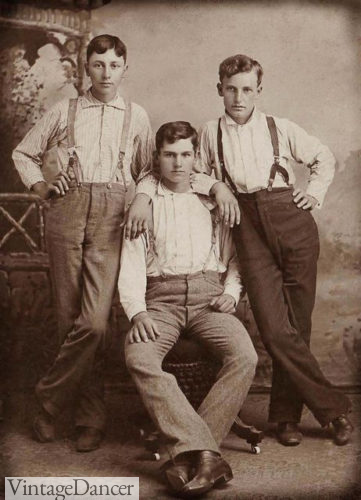
1910s Men S Working Class Clothing
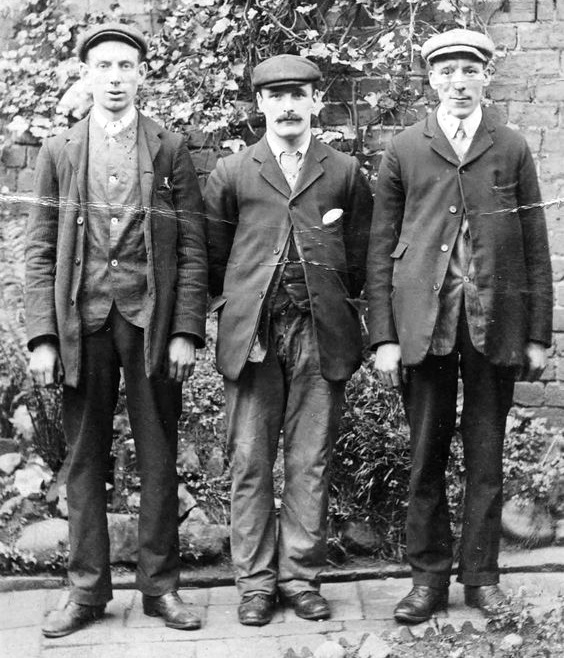
1910s Men S Working Class Clothing

Men S Lower Class 1900s Ideias Fashion Moda Moda Eduardiana
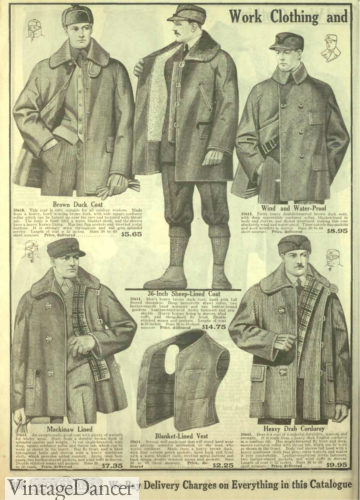
1910s Men S Working Class Clothing
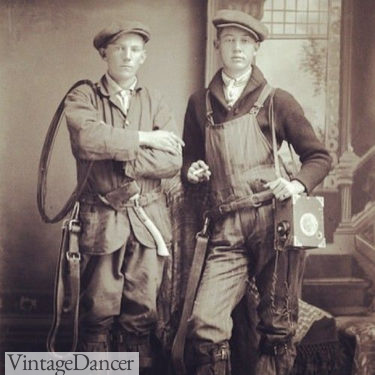
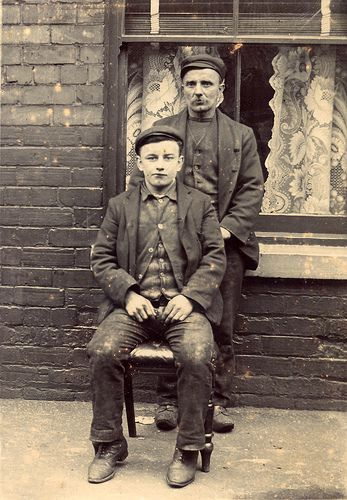
0 comments
Post a Comment